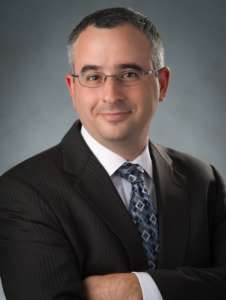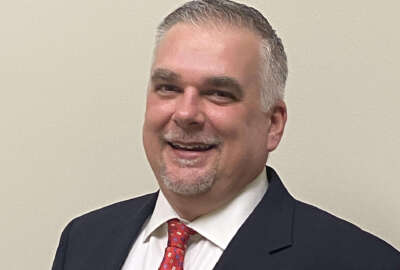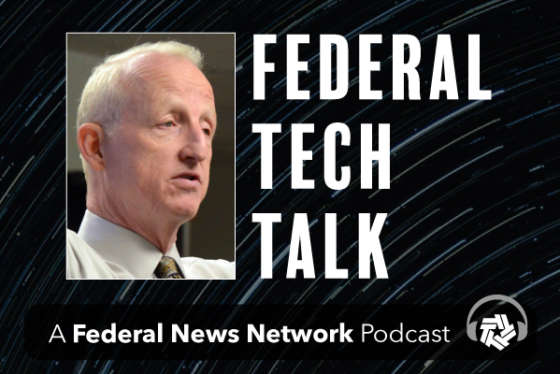Building flexibility & innovation in federal IT
How can federal IT professionals innovate in a constantly changing environment with a shrinking budget? Find out this week, when Larry Katzman, vice president of...
Today’s guest is Larry Katzman, vice president, Business Development, Applied Information Sciences (AIS). His company has been around since the mid-1980’s and is well known in the area as a leading Microsoft partner.

The interview does not focus on past success, but how federal IT professionals can innovate in a constantly changing environment with a shrinking budget. The discussion starts off with a common theme — today’s younger generation is accustomed to programming from an early age. When they show up for work at an agency, the expect to be able to “fire up” environments to test code.
Everyone wants to unlock this spirit of innovation – but there are certain restraints. For example, you may use a system that only needs a credit card to get started. This can result in “drunken sailor syndrome.” In other words, you may blow your annual budget in the first week if you are not careful.
Another issue is something called “Rogue IT” or “Shadow IT.” This is a system that is seen all too often in the commercial world. People sign up for cloud offerings and completely bypass the CIO. The frustrating part is many of these rogue installations may save the organization time and money.
One solution proffered by AIS is something called CloudCap. This is a system where users are allowed access to thousands of enterprise class applications that can be managed. Much like “managed services” with a system like this, both the user and supervisor know how much is spent and when. Innovation can be corralled and laser-focused on hitting your agency’s goals.
Copyright © 2025 Federal News Network. All rights reserved. This website is not intended for users located within the European Economic Area.






